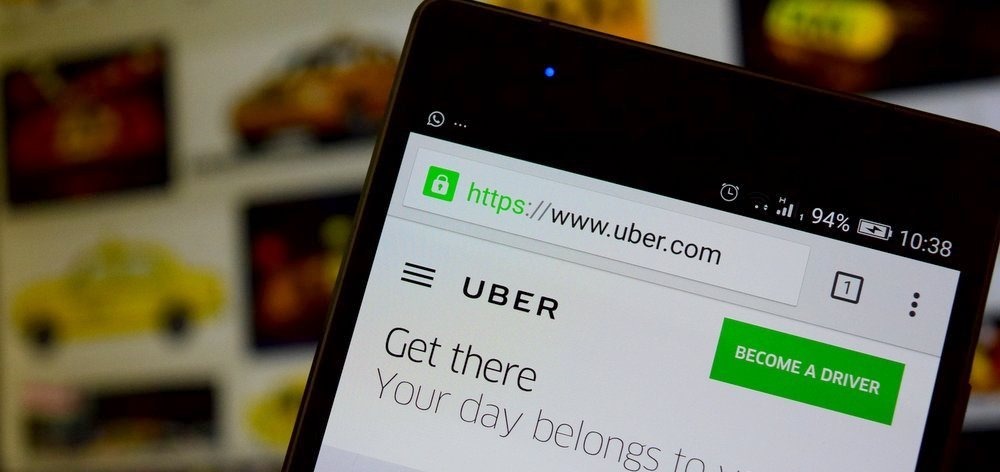Uber Will Now Charge The Fares Based On Artificial Intelligence & Machine Learning!

Gone are the days when Uber used to charge the fare of a trip based on the distance travelled – this is certainly so old fashioned and cliché, right?
The new way to determine fares is Artificial Intelligence and Machine Learning.
And the new form of monetization is deeply understanding your customers, and then present a fare which Uber ‘thinks’ you can pay.
Hence, mere distance travelled and type of car chosen won’t be the deciding factor for your next Uber trip – It shall be your address, your previous trip, your clothes, your credit score and a lot more.
Welcome to the next generation of app-hailing services.
Uber Will Determine Your Worth
As per reports coming in, and based on statements by Uber executives, Uber will now use Artificial intelligence and Machine Learning to deeply ‘understand’ their customers, and the fares would be based on that information.
This new system of calculating fares is based on Uber’s ‘Route based Pricing’ strategy and involves a complex set of algorithms which calculate fares based on the customer’s spending habits.
Thus, for example, say there are two customers: Customer A is living in a posh location in South Delhi, while the other person is living at a low-cost residential area in East Delhi.
If both of these customers book a Uber at the same time, covering the same distance, then the customer from South Delhi would be charged more, because of his location.
Uber will also determine the ‘paying capacity’ of that customer based on his previous rides and accordingly, determine the fare charges.
Uber’s Product Head Daniel Graf said, “Google search is very simple to do; it’s very complex what’s happening behind the scenes. The same thing here. Taking a trip is easy. To make this all work in a whole market, and sustainable, is really, really hard.”
Logic Behind Uber’s New Pricing Strategy
The reason is more profits.
As of now, one thing is clear: There is a difference between what a customer pays for the ride, and what the drivers get for that trip. And Uber’s profit lies somewhere in between.
In order to maximise the profit, Uber needs to make this difference even more, and this recent pricing changes can be attributed to this fact.
There is a team of statisticians and economists who are working with Uber at their San Francisco office to execute and implement this new method of calculating fares. As of now, this has been implemented across 14 cities in the US, mainly for UberPool service.
But soon, this would be a common mode of tariff determination across the world.
Do you think this is a fair way to charge money for each ride? Do let us know by commenting right here!
Update (May 25, 2017): Uber India reached out to us, and clarified that there would be no change in the pricing structure in India. They informed us that Uber operates in 75 countries, and each country has their own pricing strategy and mechanism due to respective ‘laws and regulatory framework’.
Here is their official statement on this news:
Globally, we moved to upfront fares on our trips two years ago when we launched uberPOOL. In April 2016 we started rolling this feature out in the US and in cities in India. Till date thousands of riders have experienced upfront pricing on uberX and uberGO, and the feedback from our riders around the world has been positive. Upfront fares are calculated using an algorithm that takes into consideration the expected time and distance of the trip, local traffic patterns, demand and supply at a given location. We’re able to use past data to estimate the likely cost of the trip and can present that price to a rider before they request. When dynamic pricing kicks in due to high demand, it helps us incentivise drivers to get their cars out on the roads to address the demand. In the process, we are able to not just predict demand and supply but also bring down the wait times for riders, increase earnings for our partners, your Uber drivers and bring down the prices once again soon as supply meets demand”
